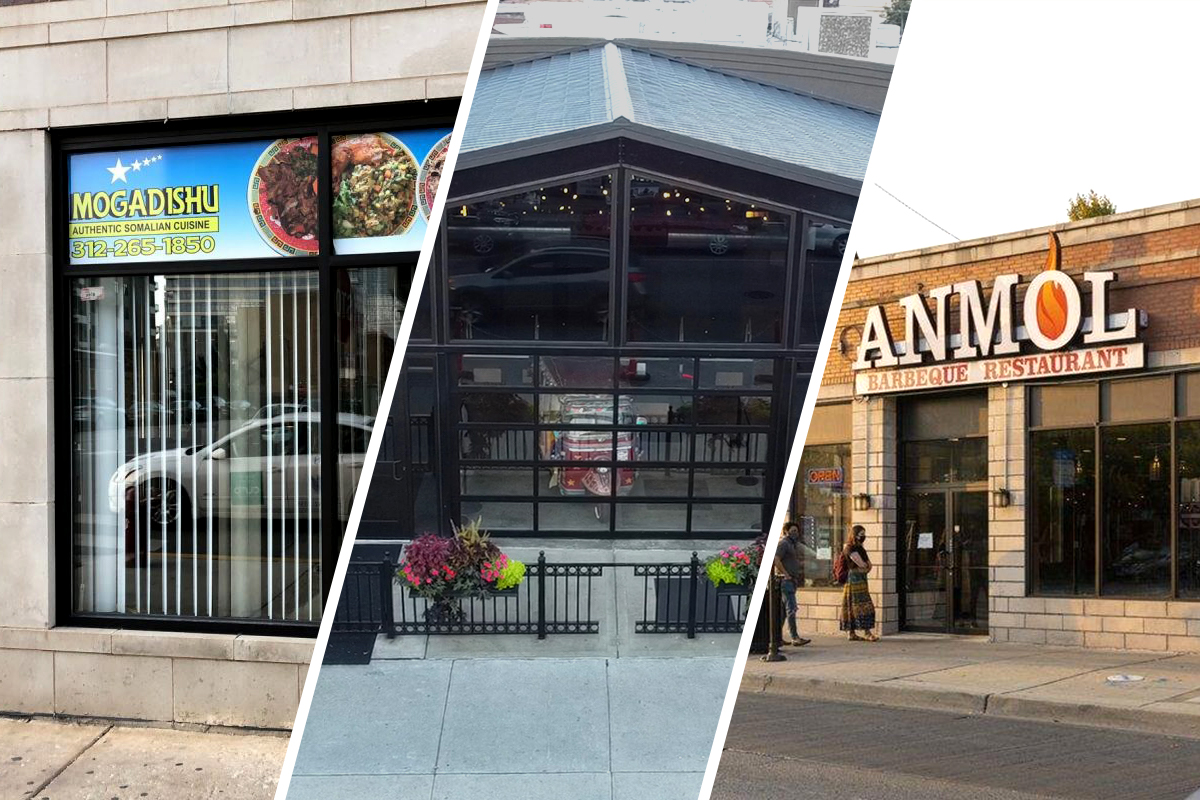South Asian American Community - Building a New American Dream
Culture
BY
admin
July 28, 2022
South Asian American Community - Building a New American dream
Immigrants and first-generation Americans make up one-fifth of the U.S. population. As per the 2017 American Community Survey, more than 5.4 million Americans trace their ancestry to South Asia, making South Asian American communtiy one of the country’s fastest-growing immigrant groups.

A Brief History
South Asians have been present in the U.S. since the 1700s, but their significant presence begins in the late 1800s. Some of the oldest recorded South Asian American came from the Punjab and Bengal regions. A number of Muslim Bengali vendors arrived in New Orleans first. Afterward, it merged with communities around cities like Detroit, New York, and Baltimore. Around the same time, migrants from Punjab, predominantly Sikh men, found their way to Canada’s West Coast. Also, in the first decades of the twentieth century, a relatively small number of students and democratic activists from British India and Ceylon came directly to the United States.
The U.S. Congress passed an immigration act in 1917 restricting migrants from the “Asian Barred Zone,” which included the entire Indian subcontinent. The United States Supreme Court ruled in the landmark 1923 case of United States v. Bhagat Singh Thind that South Asians were ineligible for naturalization. It prevents South Asians from gaining citizenship and stripping citizenship status from those who had it. This law remained in effect for the next two decades until President Truman signed the 1946 Luce-Celler Act. It gave US. citizenship rights to South Asians and Filipinos while restricting the number of migrants allowed into the country.
Civil Rights Movement President Lyndon Johnson of the United States signed the 1965 Act, which reformed the country’s restrictive immigration rules 1965. It resulted in an influx of South Asian migrants, forever altering the racial demographics of the United States. Since then, the demographics of South Asian Americans have become increasingly diverse: this group now includes documented and undocumented immigrants, refugees, and second, third, and fourth-generation South Asian American.
South Asians and their First generation
Participants in the first generation varied in age from 41 to 76 years old that were evenly divided by gender. Second-generation individuals aged from 23 to 36 years. South Asian Americans have had a long and tedious road to citizenship. However, as this population rises, it expands on their forefathers’ everyday life and major achievements. Although lifestyle preferences vary by race/ethnicity, they knew little about how cultural values influence preferences among South Asian immigrants and their children in the United States.
Differences in culture and challenges for this population in terms of lifestyle and preferences were difficult. They faced cultural challenges due to the evolution of traditional values, the desire to meet these expectations, and the difficulties in doing so, given U.S. social realities. This, in turn, influences their traditional cultural values such as family duty, religious norms, living style, and raising children across generations. Migration helps bring social and cultural pressures that must be considered when planning for the next generation.
Despite all these difficulties, the new generation of these South Asian Americans is expanding over their parents’ efforts. The first generation has comparatively faced lesser hurdles when it comes to establishing their lives. They have mostly built them over their ancestors’ success.
Breaking Some Stereotypes
South Asian Americans have a history that predates the initiation of the US by centuries and is linked to the history of European colonization and exploitation. This explains the significant identity stereotypes formed of South Asians throughout history, focusing on the model minority stereotype.
Compared to other racial minorities in the United States, South Asian Americans report less discriminatory treatment in employment, housing, and criminal justice. However, they are frequently subjected to a unique set of stereotypes. It includes the mistaken belief that all Asian Americans are successful and well-adjusted, making them unrecognizable in a race and stereotyping discussions in America.
One of the most prevailing and harmful suppositions about Asian Americans is the “model minority” stereotype, which holds that Asian Americans are an evenly high-achieving ethnic minority. They have taught well into American society through great labor, obedience to social mores, and academic achievement. Asian Americans, like other racial minorities, are victims of gendered racism. Asian American men are frequently perceived as effeminate or asexual, whereas Asian American women are sexually desirable, exotic, and passive.
In recent years, the media industries have made significant efforts to diversify the portrayal of South Asians on screen. First, by increasing the number of programs starring South Asian actors and second by creating programs centered on Asian characters. While they have addressed stereotypical depictions of South Asians on screen, they can do much more to nuance the portrayal of South Asians in popular culture.

How Second Generation is Contributing
Over the last five decades, many immigrants to the United States have come from Asia or Latin America. While Hispanic Americans are more likely to face negative stereotypes in academic settings, Asian immigrants face even higher expectations.
South Asian immigrants and their offspring are integrating into the United States more rapidly than in the past. In contrast, first-generation immigrants attempt harder to establish themselves. Second-generation immigrants are among the most significant social and economic contributors to the United States.
The labor force is one of the most important arenas for second-generation incorporation. However, the most impactful accounts of immigrant children’s work lives are potentially high or ambitious. They are based on young people’s educational fulfillment and occupational desires in their late teens.
The second and third generation of South Asian Americans are making some waves. While they are expanding on the success and hardwork of their ancestors on one side, they are creating a blended cultural identity for the whole South Asian region.
How did 911 Elevate the ‘Brown’ Identity?
Maira, furthermore, noted that the similarities transcend national boundaries. She claimed that North Indians and Pakistanis in America have more in common with Afghans, Iranians, and Arabs. In the early 2000s, youth created their groups on what they perceived to be a shared trait: their brownness. The phrase ‘brown’ evolved to address the ambiguity of the word “Asian American” about: South Asian.”
East Asians are mistakenly referred to as ‘Asian.’ She believed the term ‘brown’ was an attempt to address and establish a distinctive category for those who are not perceived as Asians in the United States. According to experts, widespread colorism is a significant contributing element to the label. As this generation rebels against Eurocentric beauty standards, the phrase is starting to have a meaning of its own.
Post Views: 406
Related Posts
Your Complete Guide to Pakistan Food in Chicago, Illinois In reality, Pakistani food in Chicago ...
admin
July 7, 2022
Windy City Dine-in Culture For A Chicago Foodie Chicago is the place where the food culture of the ...
admin
August 10, 2022
Top 10 Indian restaurants in Chicago The hustle and bustle of Chicago is something that everybody ...
admin
July 7, 2022
THE MOST POPULAR SPOTS, CATEGORIES







